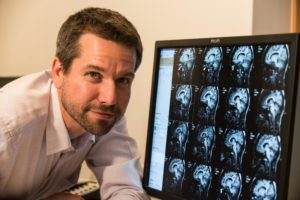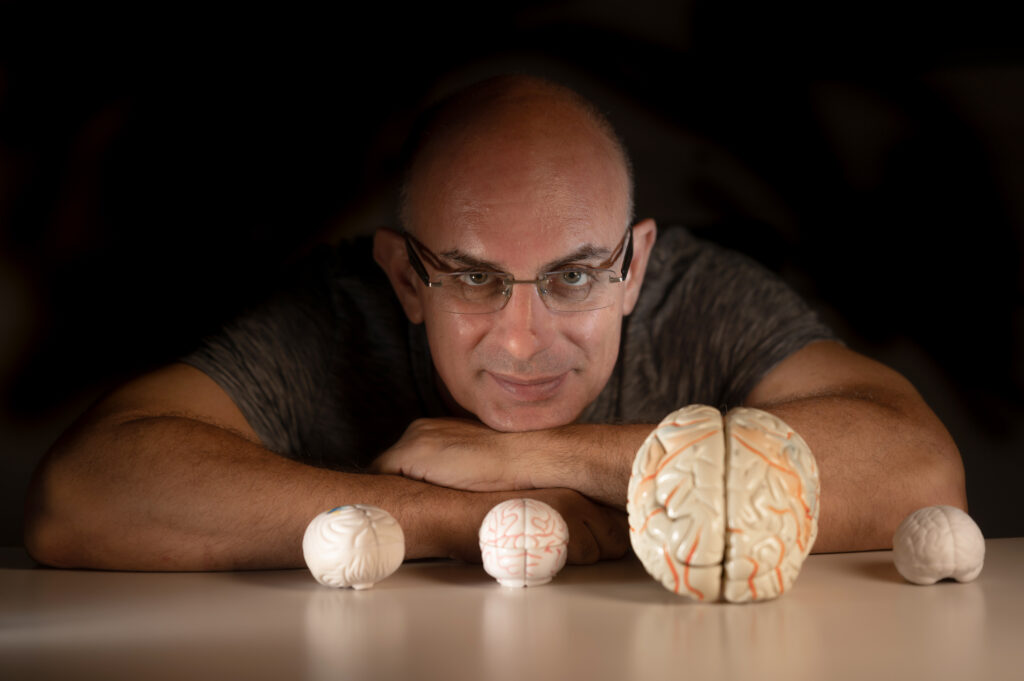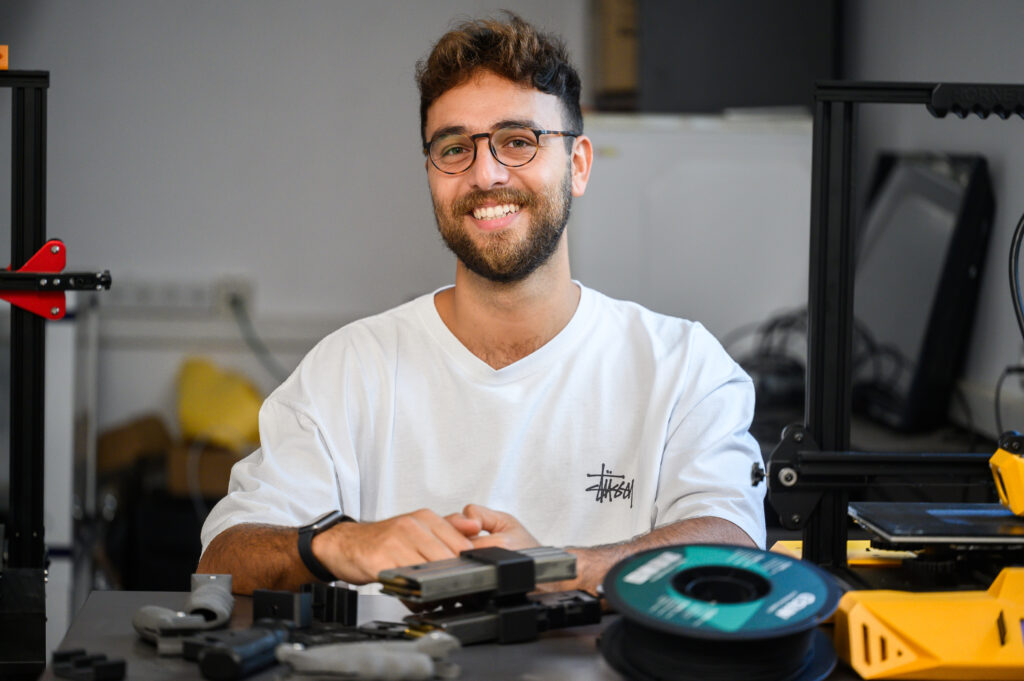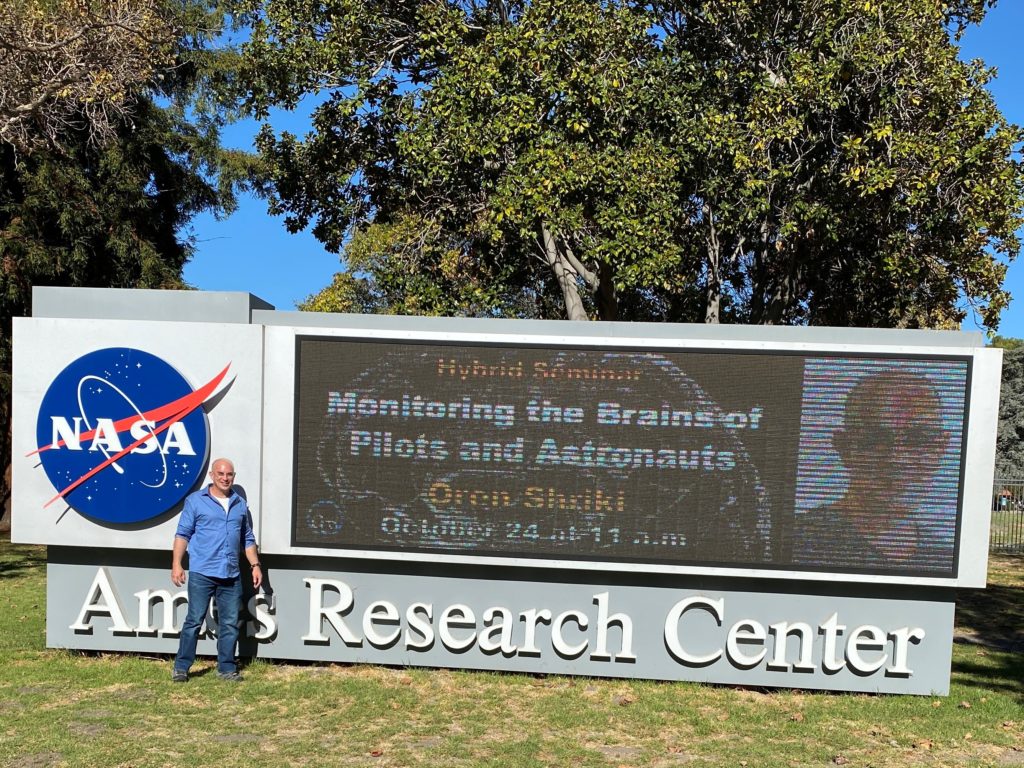
Identifying Biological Measures for Autism
Identifying Biological Measures for Autism
April 14, 2014
Autism Parenting Magazine — The most recent report by the Center for Disease Control labeled one in 68 children as on the autism spectrum.
There are currently no objective biological measures to help clinicians identify autism. Autism is diagnosed predominantly according to behavior – language dysfunction, social difficulties – which can be very subjective. This may change in the near future.
Two BGU researchers, both in different scientific fields, are studying – and believe they have reliably identified – new ways to improve diagnosis of autistic children based on neurological testing and genetic markers.
Dr. Ilan Dinstein, a member of BGU’s Zlotowski Center for Neuroscience, said his latest research indicates that even if 20 or 30 percent of autistic patients can be identified based on MRI scans and/or EEG exams at the age of one, it would revolutionize the field.
For starters, Dr. Dinstein found that patients with autism – as opposed to a control group – show signs of what he calls “a noisy brain.”
“When stimulated, how often is a certain neuron excited? There can be more consistent versus less consistent spikes,” he says. “We do these experiments across multiple sensory systems and what we have found is that across all systems, for those with autism, things are noisier.”
Moreover, in a separate but related experiment, Dr. Dinstein looked at 30 autistic toddlers and 30 controls. He saw reduced hemispheric synchronization in patients with autism. (Synchronization is when the left and right sides of your brain work in concert with each other, which causes neural pathways to fire more rapidly.)
If further clinical trials prove Dr. Dinstein correct, then MRIs and EEGs could be used to clarify and/or substantiate an autism prognosis, resulting in earlier identification, diagnosis and intervention.
Concurrently, Dr. Idan Menashe, a senior lecturer at BGU’s Department of Public Health, is working to identify genetic markers of autism, which would have similar diagnostic relevancy. He has collected data from more than 200 studies purporting 5,000 copy number variations that might be associated with the disease and managed to reduce that number to seven.
A copy number variation (CNV) is the number of copies of a particular gene in the genome of an individual. Evidence shows that such copy number variations can lead to patients with autism.
“There was little knowledge of which [CNVs] are important [indicators of autism] and which were not. So we decided to do some more research and make sense out of the data,” says Dr. Menashe, explaining that these CNVs are already starting to be used for the genetic screening of autism.
“Our study helped prioritize these regions, so doctors know where to look for these CNVs that might be associated with autism. Now, we can use genetic diagnostic tools in addition to the typical psychiatric diagnosis, which increases the reliability of the diagnosis,” he says.
Read full article by Maayan Jaffe in the latest issue of Autism Parenting Magazine >>




